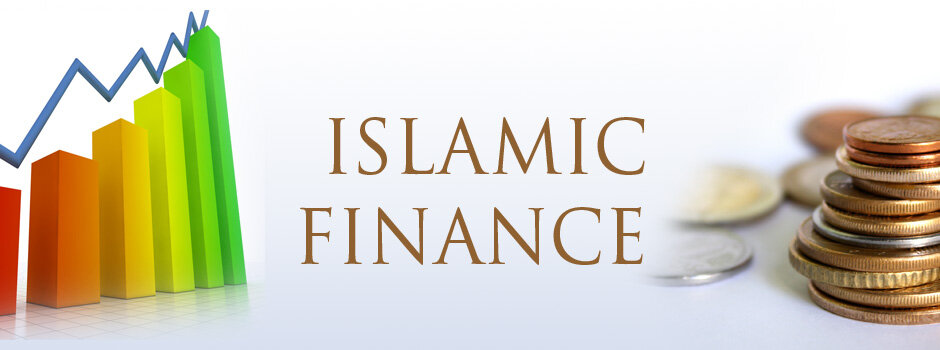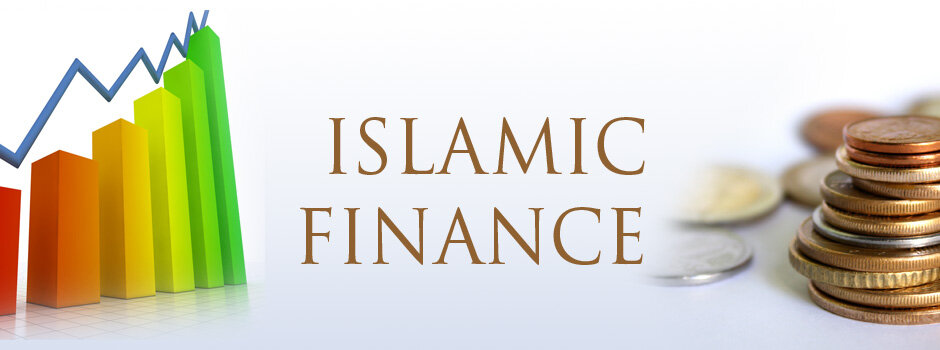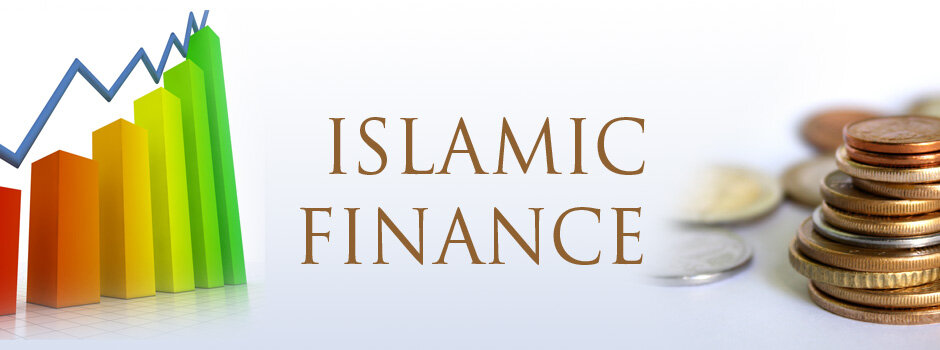A stock index, like other indices, is a quantitative measuring tool. Just like the Consumer Price Index (CPI) measures inflation, a stock index measures stock market performance. And just as the CPI uses a select sample of goods and services to measure the general price level, a stock market index uses a sample basket of stock traded in an exchange to gauge overall market performance. The basket of common stocks would together make up an index, and the stocks within an index are not selected randomly but through a technique known as structured sampling. It ensures that the index will represent the overall market in terms of the industry sectors. A stock market typically has several indices where some are designed to measure broad market movements. For example, the Dow Jones is an index of 30 stocks traded in the New York Stock Exchange (NYSE), designed to measure the overall movement of the NYSE. The Nikkey is an index of 225 stocks listed on the first board of the Tokyo Stock Exchange. These indices measure overall market movement. In addition, there are indices that measure the performance of sub sectors within the stock exchange. The Dow Jones Transportation Index measures the performance of smaller NYSE-listed companies from the transportation sector. A stock index is essentially a barometer of stock market performance.
The stock index reflects the dynamics of shares of leading companies that are included in it with shares proportional to their market capitalization. The index is somewhat like an arithmetic mean. The price of some securities may have increased by 5% during this period, while others may have fallen by 3%. But if it is said that the index has grown by 1.5%, it means that the total capitalization of the country's leading companies has increased by 1.5%.
There is a stock market index in every country, and often not just one. In the US stock market, the most popular index is the S&P 500 index, which reflects the dynamics of shares of the 500 largest American companies.
The stock market is closely linked to important political and economic events. The default on government bonds in one country may crash not only the domestic market but have a spillover effect to regional and other global markets. And the same may happen the other way around. For example, the financial crisis in the US in 2007 spread to other countries as well.
Governed by the rising popularity of Islamic equity products, financial information providers have designed and introduced Islamic indices. Major institutions like Dow Jones, Financial Times, Standard & Poor's (S&P), and Morgan Stanley offer such indices, often based on Islamic versions of their existing conventional equity indices. Dow Jones is by far the largest provider it has the most Islamic indices by virtue of having created Islamic version of its many conventional equity indices like DJIM Asia/Pacific, DJIM China Offshore, DJIM Hong Kong, DJIM India, DJIM Indonesia, DJIM malaysia, DJIM South Korea.Today many countries have and Islamic index parallel to a conventional one.
While the index reflects overall market trends, individual stocks can deviate significantly. Therefore, it's more valuable to use the index as a benchmark to compare your portfolio's performance.










